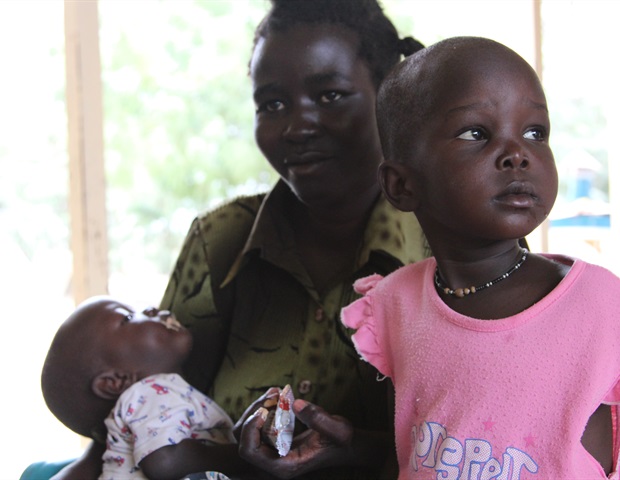Crohn’s disease (CD), a form of inflammatory bowel disease (IBD), is marked by chronic inflammation throughout the gastrointestinal tract.
Recent research featured in the Journal of Clinical Medicine delves into the oral manifestations of CD.
 Study: Oral Manifestations of Crohn’s Disease: A Systematic Review. Image Credit:Depiction Images/Shutterstock.com
Study: Oral Manifestations of Crohn’s Disease: A Systematic Review. Image Credit:Depiction Images/Shutterstock.com
Insights into CD
CD predominantly impacts the lower gastrointestinal tract, particularly the ileocolonic region. It’s a chronic condition characterized by periods of remission and exacerbation, affecting both men and women equally. CD exhibits a bimodal incidence, with the first peak between ages 20 and 40 and the second between 50 and 60.
The exact cause of CD remains elusive, but it’s strongly associated with genetic factors and modified immune responses.
Genomic studies have linked CD manifestations to NOD-2 receptor mutations, influencing the immune response against gut bacteria. Changes in the gut’s commensal microbiota, such as Mycobacterium avium paratuberculosis (MAP) or measles virus, are also implicated in CD development.
Environmental factors
Studies have linked CD to specific toothpaste choices and a history of appendectomy. In contrast, breastfeeding and childhood contact with animals appear to offer protective factors against CD development.
CD symptoms
CD presents as gastrointestinal inflammation, often leading to intestinal strictures and fistulas. Common symptoms include abdominal pain, chronic diarrhea, and significant weight loss.
The nature of diarrhea can help pinpoint the affected area: large volume diarrhea suggests ileal inflammation, while smaller, bloody, and mucus-containing diarrhea often indicates colonic involvement.
Oral manifestations
Oral symptoms can serve as the first signs of CD, affecting roughly 9% of adults and a striking 80% of children with the condition. Lesions are commonly found on the lower lips and gums and, less frequently, in the fauces’ tongue, soft palate, uvula, and pillars.
Early oral CD symptoms include aphthous ulcers, edema, pain, and redness. In children with CD, mucogingivitis and ulcers are common.
Specific and non-specific manifestations
CD can result in specific oral manifestations, including ulcers, granulomatous changes, and Miescher cheilitis of the lips. Mucogingivitis, oral swelling, linear and serpiginous ulcers, and cobblestoning of the oral mucosa are among the specific manifestations.
Non-specific manifestations involve oral erythema nodosum, multiple neutrophilic dermatoses, and aphthous ulcers.
Periodontitis and vegetating pyostomatitis have been reported in limited studies, with periodontitis associated with severe CD in the adult population.
CD treatment
CD treatment primarily focuses on relieving clinical and endoscopic symptoms to prevent complications like intestinal failure. Common therapies include immunomodulators, aminosalicylates, corticosteroids, and biologic therapies (e.g., infliximab, adalimumab, and ustekinumab).
The review underscores the significance of early and accurate CD diagnosis since patients are prone to developing colorectal, small bowel, and mucinous carcinoma. Oral manifestations play a crucial role in identifying CD early.








